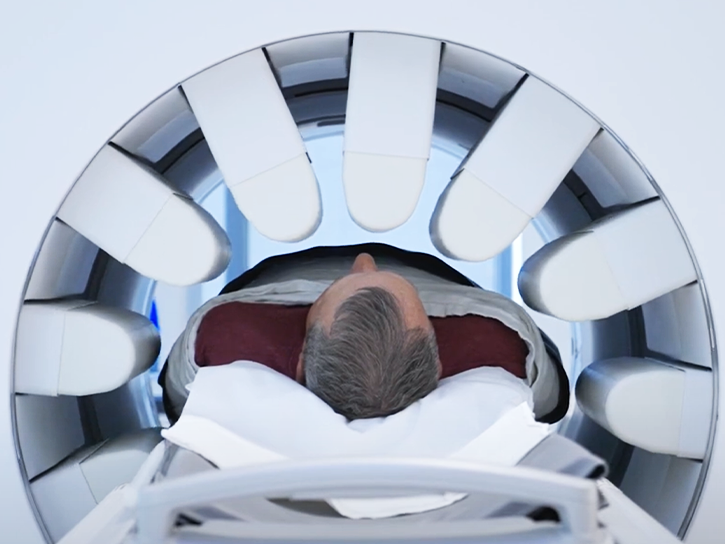With the recent growth and continued evolution of Theranostics programs in the United States, many health organizations are exploring their development and expansion options for Theranostics programs in their communities.
Despite the early success of notable centers, many providers are faced with headwinds that complicate their development and expansion journey.
The most common headwinds include lack of or insufficient program strategy and governance, capital constraints, and the ever-changing theranostics field that requires an organization to adopt and adapt quickly to new advancements in care.
To bridge the gap between wanting to develop or expand a theranostics program and having the confidence to do so at speed, some healthcare leaders are seeking partners to bring strategic, clinical, operational, and financial expertise and technological capabilities to their program. These strategic partners can bring insight from existing programs and help leaders anticipate future decisions and investments necessary for long-term success.
As strategic partners can bring a wide array of expertise and experience, we have found the most value in the following four areas:
While the compelling Theranostics care story is encouraging healthcare leaders to develop and advance their own programs, we’ve seen organizations face significant challenges, including:
Shaping a Vision
Leveraging their expertise and experience, the right partner can bring intricate knowledge of what differentiates successful and unsuccessful theranostics programs and how successful programs integrate with other service lines. While the desired state is alignment around a shared vision, the decision to not proceed can be just as important for the organization at large.
Crafting a Plan
An integrated plan that complements existing organizational capabilities, priorities, and resources is essential. The plan at a minimum should be inclusive of the following components:
- Service scope and offerings
- Care pathway design
- Operations
- Financial and demand modeling
- Change management
Conducting a Current State Assessment
An objective assessment of current capabilities is paramount to understanding what investments and resources will be needed for a successful program. This requires transparency to existing operations and performance, as well as gaining an understanding of the organizational tolerance for change that will surely impact the speed and ultimate activation success.
Activation and Monitoring
While interim management and staffing have their place, many partnership models are transitioning to create local institutional muscle and expertise, as well as sustainability and ownership. This allows the partner to focus on bringing the knowledge, expertise, and resources to the system for deployment while fostering a change acceleration process to support patient- centered awareness, appropriateness, and access.
Before providers and strategic partners enter into an arrangement for theranostics program support, a collaborative exploration of the partnership model is recommended to better understand mutual goals and objectives, as well as the partnership framework and operating mechanisms, including:
Due diligence: Create clarity and alignment around shared vision and conduct the necessary due diligence process to ensure both parties maintain the skills and experience to be successful together.
Governance: Shape clear guiding principles for how both parties will engage and how the relationship may adapt from its initial scope given market evolution or customer priorities.
Capabilities integration: Commit and deploy resources in an integrated fashion so knowledge and expertise is transferred to create programmatic self-sufficiency and continued success.
Outcomes achievement: Define the desired outcomes of the partnership with specificity and ensure that they are aligned to the desired outcomes of the program itself.
Equipped with clear expectations of desired support and organizational priorities, a qualified strategic partner can help healthcare providers accelerate their theranostics programs thoughtfully and with a common end goal in mind: to improve patient care and outcomes.
Read Part 4 Pioneering the future of Theranostics

